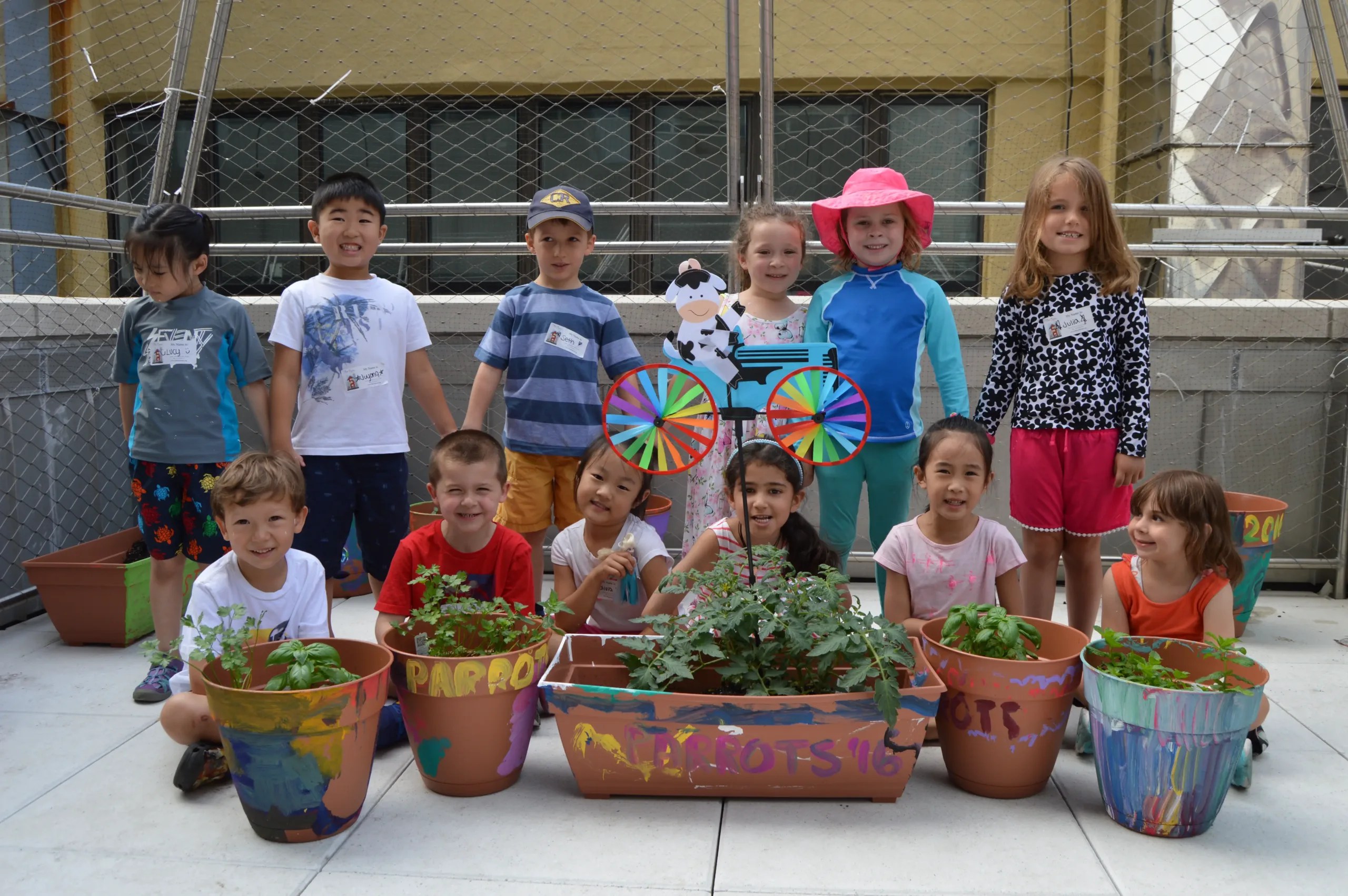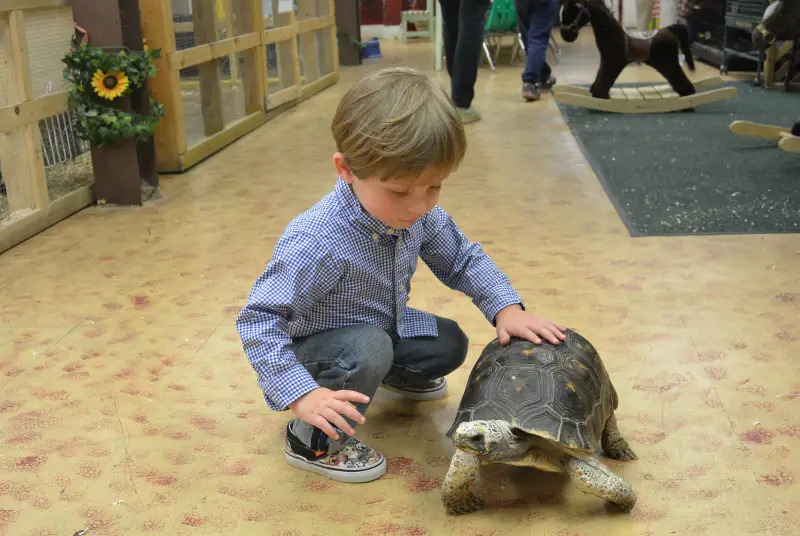Children who live in New York City have many advantages, like great museums, theater, amazing restaurants, and the culture and experience that come with city life. However, many urban kids miss out on the joys of nature. While parks and playgrounds are essential to city living, it’s not every day that children get to enjoy them. Also, city kids may grow up with an affinity for public transportation and take-out but not necessarily grow to love the outdoors. That’s why places like The Art Farm in the City on Manhattan’s Upper East Side, stress the importance of nature and a love of animals in all its classes; it even has its own petting zoo right downstairs. Owner Valentina Hantke says, “We teach kids about animals and the environment. Teaching children about what happens outside of the city they live in is so important. When people live in the country they could be driving down the road and see a turtle, and those things are not going to happen in an urban environment.” Kids have an innate knack for exploration and discovering nature doesn’t have to be limited just because they live in a big city.
Here are some tips to help instill a love of nature in your city kid:
Get dirty

Kids learn to garden at The Art Farm’s summer camp.
Encouraging your kids to experience new things sometimes means getting them out of their comfort zone, and for city kids especially, that might mean getting dirty. Activities like hiking or gardening are a great way for kids to connect with nature. At The Art Farm’s summer camp, kids learn how to garden and are encouraged to get dirty, and those who may be apprehensive at first, quickly become invested in the literal fruits of their labor. Hantke says, “This summer we planted tomatoes, basil, and mint which the children harvested and used in our cooking lessons. We also planted sunflowers so the children could watch them grow and bloom into beautiful flowers. It was also really fun to plan different types of spinach and lettuce for the children to harvest and feed our animals with at The Art Farm. The children got their hands in soil and watered their plants daily. They saw how important it is to help something grow that can be used to feed people and animals. They also saw where it comes from, before it gets to a store how they can grow plants on their own.”
Create crafts and art inspired by nature
Parents can help kids create their own nature inspired crafts and art projects. You can even take it one step further and use recycled materials to create these projects. You can melt broken crayons to create a colorful three dimensional art project, or use leaves and flowers you find from walks outside for a creative project. The options are limitless.
Cook something
Fruits and vegetable are a huge part of nature and when kids learn how to prepare them themselves, they are more likely to want to eat them regularly. Classes like Farm Foodies at The Art Farm teach kids about fresh fruit and vegetables and the importance of incorporating these things into their diet. Hantke says, “Kids learn about a fresh fruit or vegetable in each class. They taste it, they can actually hold it and touch it. In our hectic busy lives it’s so easy to often eat frozen foods, order take-out often, or frequent restaurants. It’s good for children to learn the process of healthy cooking and taste the product at the end.” City kids don’t often get to see first-hand which fruits and vegetables are in season, so with a menu that changes each Winter, Spring, Summer, and Fall, kids will learn how to pick the best fruits year-round, a skill that will last them well into adulthood.
Make new animal friends

A boy pets Benny the turtle at The Art Farm.
Connecting with animals is a great way to experience nature first-hand. The Art Farm in the City has a petting zoo right inside its walls where kids can discover live animals every day. Hantke says, “Young children and toddlers are encouraged to ‘be gentle,’ while older kids learn how to hold and be gentle as well. This also teaches children empathy. How to care and be gentle to all living things as well as their peers. Our older students learn about the animal’s habitats, classification, how to care for animals and much more,” says Hantke. “In our Adult and Me and Toddler Classes the animals are usually introduced first with a stuffed animal which looks like the animal we’re going to meet, this way we can teach them how to pet and be gentle. Then we sing a song about the animal, and then the real live animal comes in to the classroom.” Respecting the animal is a big part of what they teach, too. “Respecting animals, nature and the environment where the animals live, and where WE live is emphasized in our classes,” say Hantke.
Disconnect
With so many kids focused on their gadgets, it’s easy to neglect the big world right outside their door. And while Hantke agrees that technology is essential, she argues that in the first years of a child’s life, “They really need to be in touch with nature.” Hantke and her team do tons of outreach at local schools to educate kids about “the importance of experiencing nature and different animals and ecosystems of the world.” City and suburban kids alike can all benefit from learning more about how to treat animals and their environment.
Sure your city kid can tell you the best train to take to get to Harlem from the Village, and which streets to avoid during rush hour traffic, but can they tell you when blueberries are in peak season or why chinchilla’s take dust baths or the best way to compost in your apartment? If you want to raise a city-wise kid who also loves nature, follow these helpful tips or stop by The Art Farm in the City.



















